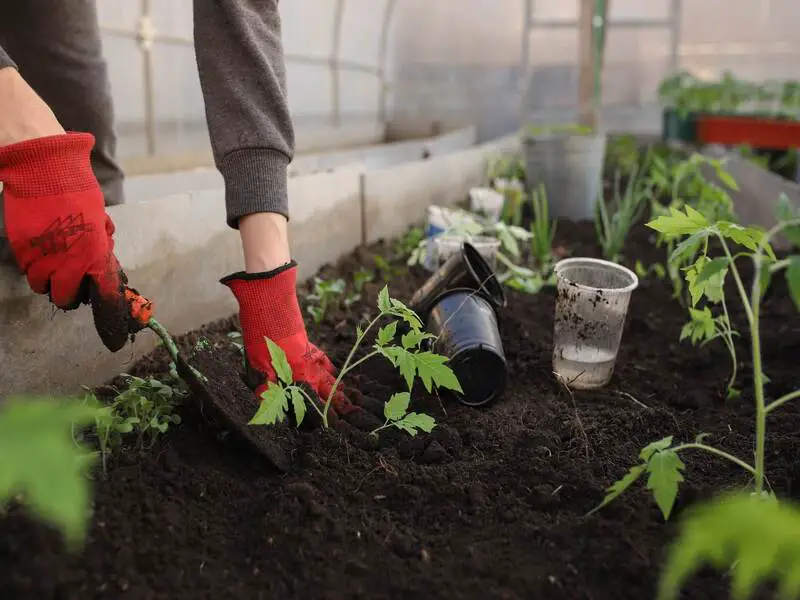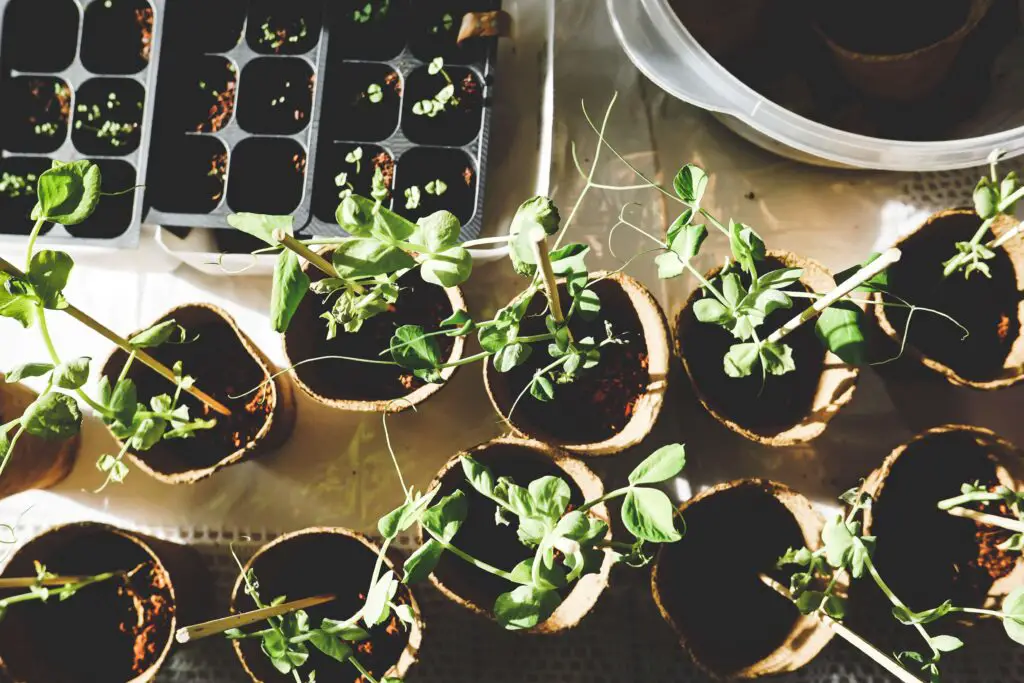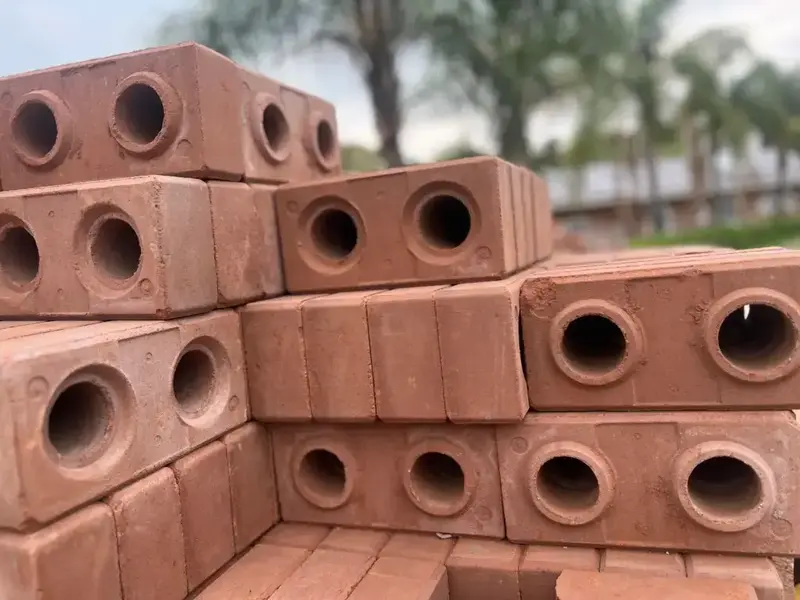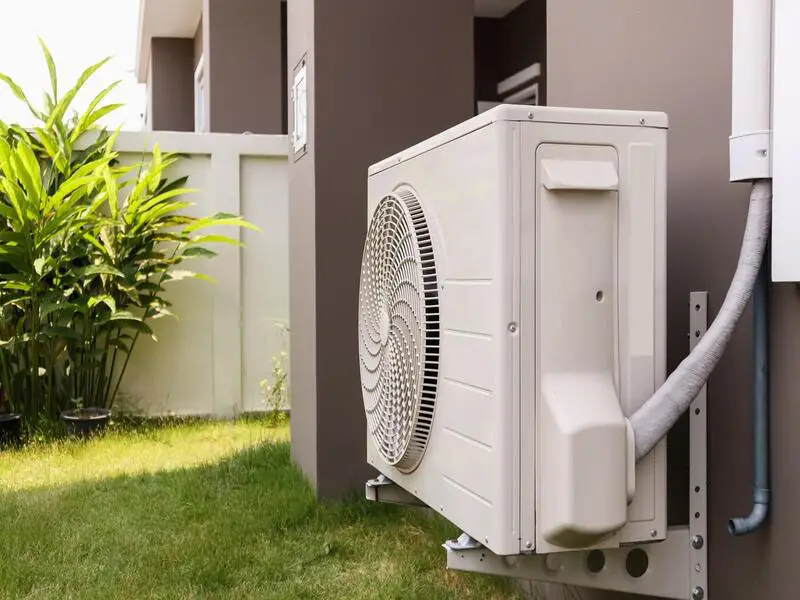Are you tired of buying overpriced produce from the grocery store? Do you want to take control of your food supply and know exactly where your food comes from? Creating a home garden for personal consumption can be a fun and rewarding experience. In this article, we will go over the steps to create a successful home garden and start producing your own fresh fruits and vegetables.
Benefits of a Home Garden
A home garden provides a plethora of benefits, including:
- Access to fresh, organic produce
- Cost savings on groceries
- Improved mental and physical health through gardening activity
- Reduced carbon footprint by reducing food transportation emissions
- Increased control over food quality and safety
Choosing a Location
The first step in creating a home garden is choosing a location. The location should have access to plenty of sunlight and be free of obstructions like large trees or buildings. Consider the following factors when choosing a location:
- Amount of sunlight: Most fruits and vegetables require at least six hours of direct sunlight per day.
- Soil quality: The soil should be well-draining and fertile. Avoid locations with compacted or rocky soil.
- Accessibility: The location should be easily accessible for planting, maintenance, and harvesting.
Soil Preparation
To prepare the soil for a home garden, start by clearing the area of any weeds or grass. You can use a hoe, rake, or a mechanical tiller to remove the vegetation. Make sure to remove the roots of the plants as well, as they can compete with your garden plants for nutrients and water.
Once the area is cleared, it’s time to add organic matter to the soil. Organic matter can come in the form of compost, manure, or other natural materials like straw or leaves. The organic matter helps to improve the soil’s structure and fertility by adding nutrients, improving water retention, and promoting healthy soil microorganisms.
To add organic matter to the soil, spread a layer of compost or manure over the soil surface and mix it into the top several inches of soil with a shovel or tiller. Aim to add enough organic matter to cover the area with a layer of 2-3 inches. If you have heavy clay soil, you may need to add more organic matter to improve drainage and prevent waterlogging.
After adding the organic matter, you may want to test the soil’s pH level to ensure it’s in the optimal range for your plants. A soil test can tell you the pH level of your soil, which can affect the availability of nutrients to plants. You can purchase a soil testing kit at a garden center or send a sample to a lab for analysis.
Soil preparation is an essential step in creating a healthy and productive home garden. By removing weeds and adding organic matter, you can improve soil structure and fertility, leading to healthier and more abundant plants.
Selecting Plants
When selecting plants for your home garden, consider the following factors:
- Climate: Choose plants that are suitable for your climate zone.
- Space: Consider the amount of space you have available for planting. Some plants require more space than others.
- Personal preferences: Choose plants that you enjoy eating and that are easy to grow.
Planting Methods
There are several planting methods to consider when creating a home garden, including:
- Row planting: Plants are planted in rows with a space between each row.
- Square-foot gardening: Plants are planted in a grid pattern with equal spacing between each plant.
- Container gardening: Plants are grown in containers like pots or raised beds.
Watering and Fertilizing
Watering and fertilizing are essential steps to ensure your home garden’s health and productivity. Without proper water and nutrients, plants can become stressed, wilted, or fail to produce fruit.
When it comes to watering, it’s important to provide plants with enough water to keep the soil moist but not waterlogged. The frequency of watering depends on the type of plant, the weather conditions, and the soil type. In general, most plants need to be watered deeply once or twice a week, but during hot and dry periods, you may need to water more frequently.
To determine if your plants need water, stick your finger into the soil about an inch deep. If the soil feels dry, it’s time to water. Alternatively, you can use a moisture meter to measure the soil’s moisture level.
When it comes to fertilizing, it’s important to use a balanced fertilizer that contains nitrogen, phosphorus, and potassium. These essential nutrients help plants grow, develop strong roots, and produce fruit. You can use a synthetic or organic fertilizer, depending on your preference.
To fertilize your plants, follow the package instructions and apply the fertilizer evenly around the base of the plant. Be careful not to over-fertilize, as this can lead to fertilizer burn, which damages the plant’s roots and leaves. A general rule of thumb is to fertilize once a month during the growing season.
Pests and Diseases
Pests and diseases can be a major threat to the health and productivity of your home garden. These can come in many forms, such as insects, rodents, fungal diseases, viruses, and bacteria. Preventing and controlling pests and diseases is an important part of maintaining a healthy garden.
One effective way to control pests is through companion planting. Companion planting involves planting certain plants together that benefit each other, such as planting marigolds with tomatoes to repel pests. Some plants have natural properties that can repel pests or attract beneficial insects, such as planting mint to deter aphids or planting dill to attract ladybugs.
Insecticidal soap is another natural pest control method that can be effective against soft-bodied insects like aphids, mealybugs, and spider mites. Simply mix a few tablespoons of liquid soap with water and spray the solution on the affected plants. Be sure to apply the soap in the early morning or late evening when the sun is not too strong, and avoid spraying the solution on the leaves when the temperature is above 90°F.
It’s important to monitor your plants regularly for signs of disease, such as yellowing leaves, spots, or wilting. If you notice any signs of disease, take action immediately to prevent it from spreading to other plants. Remove and destroy any infected plants, and consider using organic fungicides to treat the affected area.
In summary, pests and diseases can be a challenge for home gardeners, but there are natural methods to control them. Companion planting and insecticidal soap are effective ways to prevent pests, and regular monitoring and prompt action can help control the spread of diseases. By staying vigilant and taking action when necessary, you can maintain a healthy and productive home garden.
Harvesting
Harvesting is one of the most exciting aspects of home gardening. It’s the culmination of all your hard work, and it’s time to reap the rewards of your efforts. But it’s important to know when to harvest your plants to ensure the best flavor and nutritional value.
Most fruits and vegetables can be harvested when they are fully mature, meaning they have reached their peak ripeness. Some signs that a fruit or vegetable is ripe and ready for harvest include a change in color, a change in texture, and a sweet or fragrant smell. For example, tomatoes should be red, firm, and have a slightly sweet scent when they are ripe, while cucumbers should be dark green and firm.
It’s important to check each plant’s specific harvesting guidelines to ensure that you are picking the fruits and vegetables at the right time. For instance, some fruits and vegetables like strawberries and raspberries need to be harvested as soon as they are ripe, while others like peas and beans can be left on the vine for a few extra days.
When harvesting, use sharp scissors or pruning shears to cut the fruits and vegetables from the plant. This helps prevent damage to the plant and allows you to pick the produce cleanly. Be gentle when handling the produce to avoid bruising or damaging it.
After harvesting, it’s important to store the fruits and vegetables properly. Some produce, like tomatoes and melons, should be stored at room temperature, while others like lettuce and berries should be refrigerated. Proper storage will help keep the produce fresh and extend its shelf life.
Common Mistakes to Avoid
There are a few common mistakes to avoid when creating a home garden, including:
- Overcrowding plants: Overcrowding can lead to poor growth and disease.
- Neglecting watering and fertilizing: Plants need consistent watering and fertilizing to thrive.
- Ignoring pest and disease problems: Pests and diseases can quickly spread and damage your plants.
Conclusion
Creating a home garden for personal consumption can be a fun and rewarding experience. By following these steps, you can start producing your own fresh fruits and vegetables, reducing your carbon footprint, and saving money on groceries. Remember to choose a suitable location, prepare the soil, select plants that suit your climate and personal preferences, and take care of your plants by watering and fertilizing them regularly. Keep an eye out for pests and diseases and take action to prevent or treat them. Avoid common mistakes like overcrowding plants and neglecting watering and fertilizing. With a little bit of effort and patience, you can enjoy the satisfaction of growing your own food.





